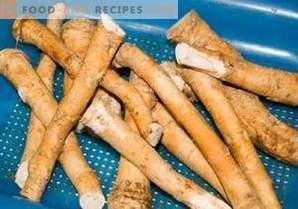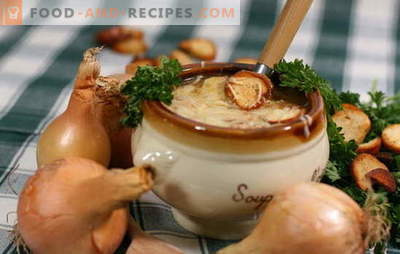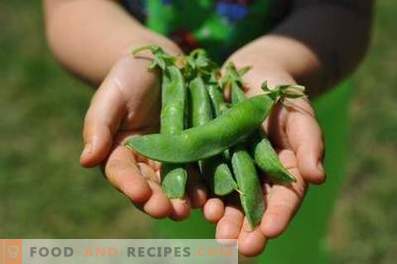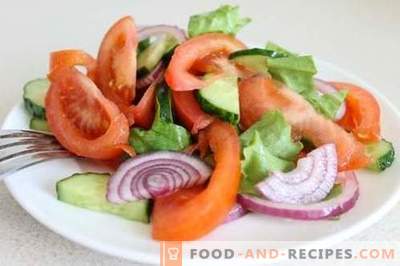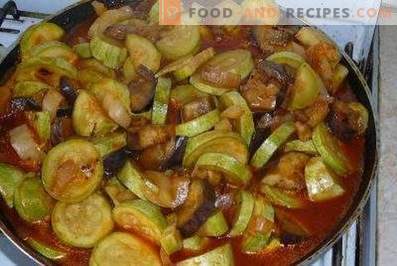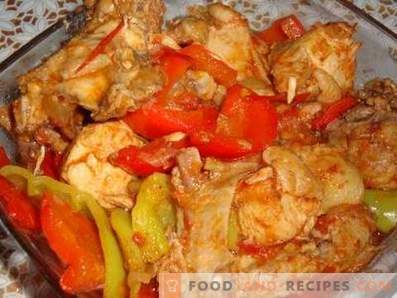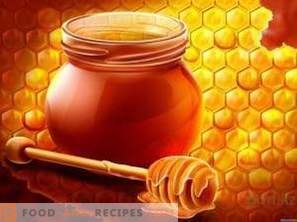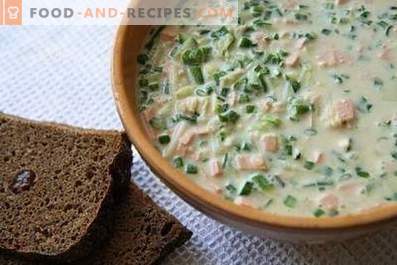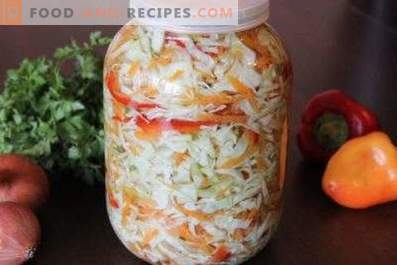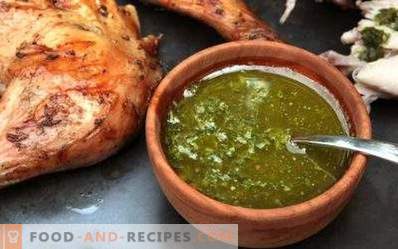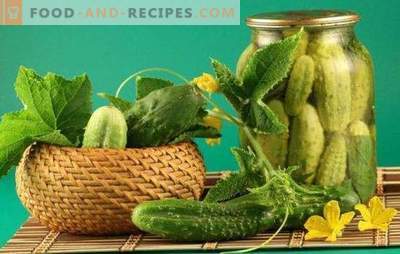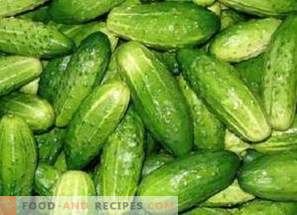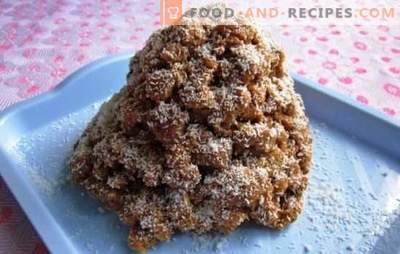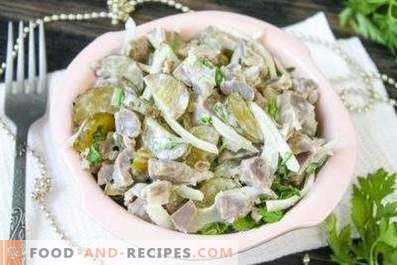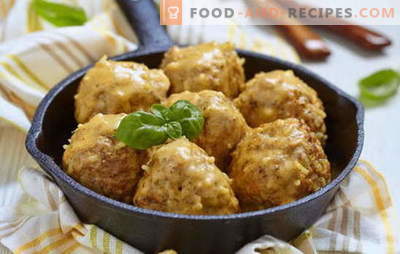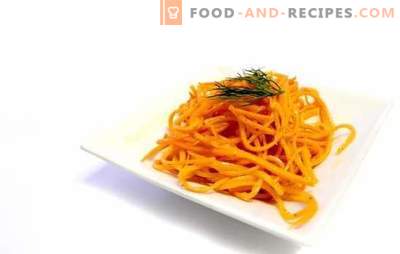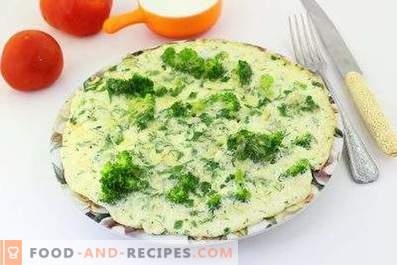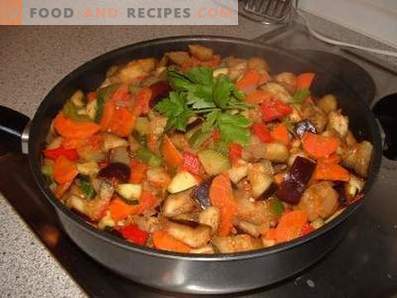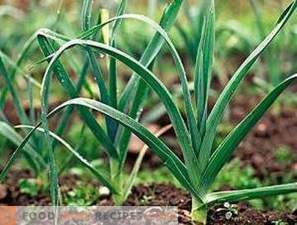
There are many types of onions - on our table regularly appears onions, Yalta red onions, onion-feathers and leek. The latter became popular not so long ago, but almost immediately fell in love with domestic cooks and housewives. Pleasant taste, beautiful color, convenient form for storing and slicing - what else do you need? And if you add useful properties to these advantages, it turns out not a vegetable (or greens?), But just gold!
A bit of history and encyclopedic information
Leek belongs to the family of onion and is an annual herb. In our area it is customary to divide the onion into two parts (by analogy with bulb) - the roots are a vegetable, and the tops are greens. But, as you understand, this is not entirely true.
The height of a leek grows to half a meter, sometimes up to a meter. The leaves of it are bright green, with a grassy or bluish tinge, the flowers are collected in umbellate inflorescences, can be white or pale pink. The root, also known as the bulb, has an elongated shape, the stem extends from the middle and forms linear-lanceolate leaves.
The homeland of leeks are the territory of the Mediterranean. There grows its wild not cultivated predecessor - grape onions (Allium ampeloprasum). Cultural form appeared a long time ago, presumably about it was known in ancient Egypt, Greece and Rome. At that time, leek was an important plant, constantly eaten. Today it is grown in industrial volumes all over the world. In Russia, leek grows well in the southern regions, to the north - it is cold.
Popular Leeks
Caratan
This leek variety is considered late. It ripens later than other varieties, but it increases the green mass to the very cold. The “stem” of the onion has the shape of a cylinder and is 18-22 centimeters long.
“Mercury”
This variety is most commonly found on vegetable shelves. He is unpretentious, grows well, resistant to cold. The taste is pleasant, not sharp.
“Bulgarian”
This variety is considered a relative of “Karatan” - it is also late and resistant to frost.
Tip:
Leek needs very careful processing before cooking. Often sand, dirt, dust get between the leaves, so the onions should be thoroughly washed under running water. To do this better, it can be cut into halves.
Harvesting Leek
In August, leeks start digging for summer use, but for long-term storage it is removed from the ground only by mid-October. When digging should try not to damage the stems and leaves. Old, dirty leaves are removed, the rest are cut by about two-thirds, and the roots are reduced in half.
Leek storage
In this form (with cut but preserved roots) leek can be stored for 2-3 months at zero temperature - in the refrigerator, basement, cellar. If you “land” it in a box with wet sand, then you will be able to keep it until spring. A wrapped, sheltered bow can be stored at sub-zero temperatures, for example, on the balcony. A frost of 5-7 degrees is not terrible for him, provided that it is packed and covered. Frost leek does not lose its beneficial properties, so it can be stored in the freezer. But fresh-leek without roots and with heavily trimmed tops in the refrigerator will be able to save only a week. Although in this form it can be frozen - either entirely or cut into rings.
You can save leeks in this way - just dry it and turn it into seasoning. Do it better with an oven or a microwave. Even with such manipulations, all its benefits will be preserved - isn't it a miracle?
And, it should be noted that only leeks can become even more useful from storage - the concentration of vitamin C in the white part of onions during prolonged storage increases by half!

